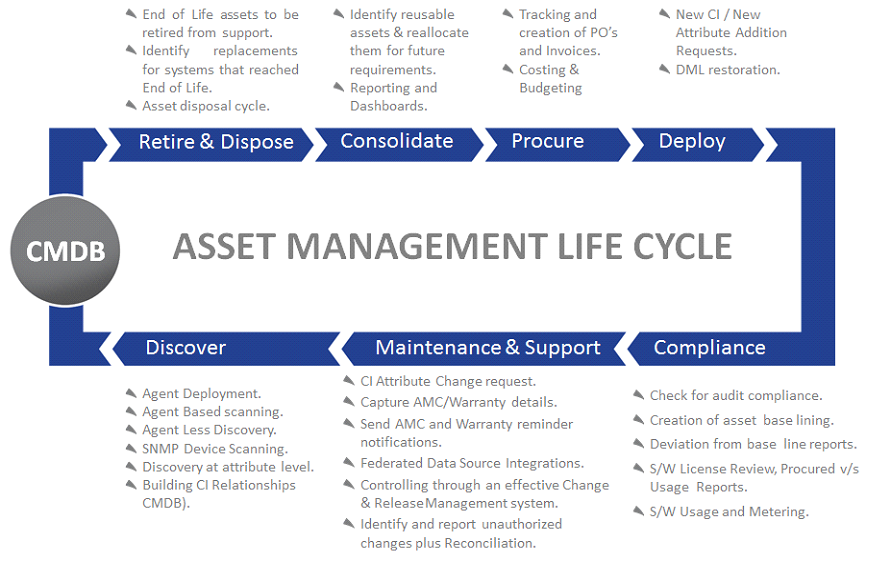


In the case of the electronics retailer, FIFO can help determine whether older inventories sold first fetched a lower price, compared to LIFO, which might indicate higher prices because of unforeseen factors or conditions such as supply constraints that pushed up costs on purchasing laptops later in time. FIFO refers to calculating inventory by selling older items first, while LIFO goes for the sale of the newest items, and either’s use depends on the company’s business strategy. There are three different popular methods used under accounting standards: first-in, first-out (FIFO) last-in, first-out (LIFO) and average cost. Selling and purchasing prices can change over time, which means using another way to calculate inventory valuation.

That would be a simplified version of calculating cost of goods sold. By the end of March, its inventory dropped to $8 million, indicating that-by using the above formula-its cost of goods sold amounted to $7 million. In the beginning of January, it had $10 million in laptops and purchased $5 million of units in February to further boost inventory. While the object of just-in-time inventory is to reduce the need to store inventory – ideally, it would all be sold just as the shipment arrives – keeping accurate track of what you’ll need to meet demand is challenging, since consumer tastes can change quickly.Cost of Good Sold = Beginning Inventory + Inventory Purchases – Ending Inventoryįor example, an electronics retailer is tabulating sales of a particular brand of laptops to customers during its first quarter. You lose money because you didn’t have the inventory in stock. Running out of a product your customers want can lead to dissatisfaction and lost sales, especially if they opt to buy from another retailer that has the item in stock. You may have to mark it down to sell it, thereby reducing your profit margin.īut having too little inventory, or running short, is an issue, too. Having too much inventory is risky because you run the risk of being stuck with merchandise that is obsolete or past its prime. However, if demand picks up or declines in between deliveries, you can end up with problems. If you’re selling 250 pairs of shoes a week and you receive deliveries every Friday, ideally you’ll receive 250 this Friday, to keep up with demand. To be successful using just-in-time, you have to have an accurate idea of how much you’ll sell in between product deliveries. As a result, you have less inventory sitting around, waiting to be produced or sold. Using a just-in-time approach means that materials are delivered just in time to meet current customer demand. One way to try and reduce the size of your on-hand inventory is to use a just-in-time strategy. Sometimes the inventory is lost, other times it is stolen. Companies that do a daily inventory count are considered to take perpetual inventory, because their count is always current.Īny difference discovered between the inventory count on the company’s balance sheet and what is actually on-hand is termed “shrinkage.” It’s the inventory that is missing, for whatever reason. In order to ensure that all accounting records are up-to-date and accurate, businesses manually take an inventory count at the end of each accounting period, which is typically quarterly or annually. Inventory is generally the largest current asset – items expected to sell within the next year – a company has. Raw materials (to be used to produce more finished goods).Work-in-progress (meaning in the process of being made).Finished goods (that are available to be sold).Inventory is an accounting term that refers to goods that are in various stages of being made ready for sale, including:


 0 kommentar(er)
0 kommentar(er)
